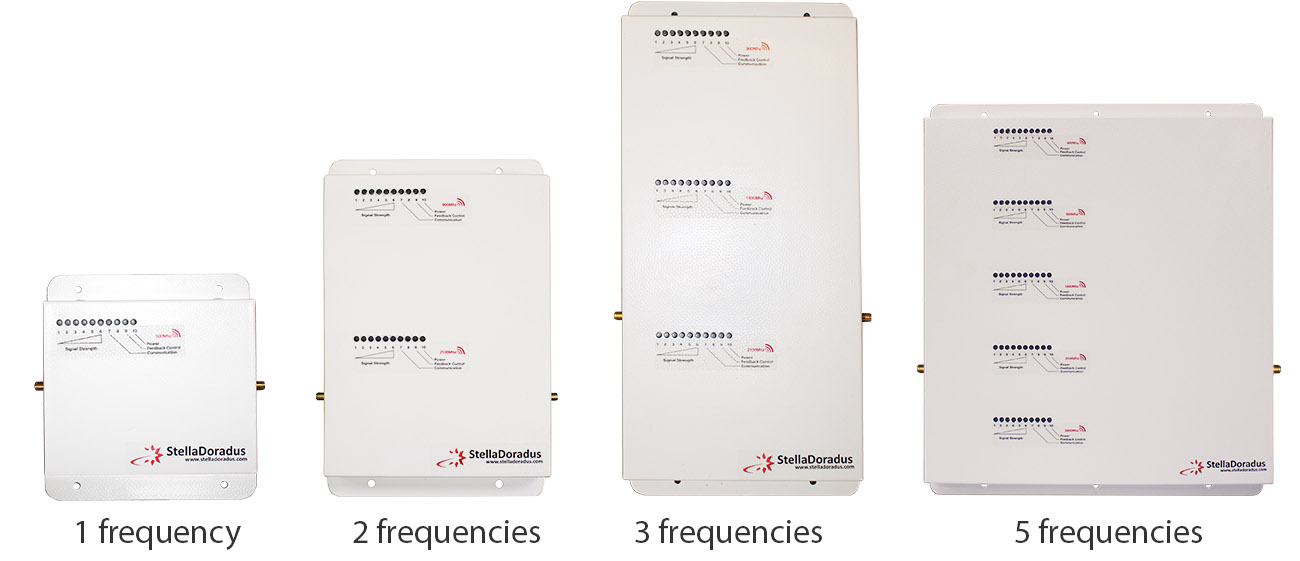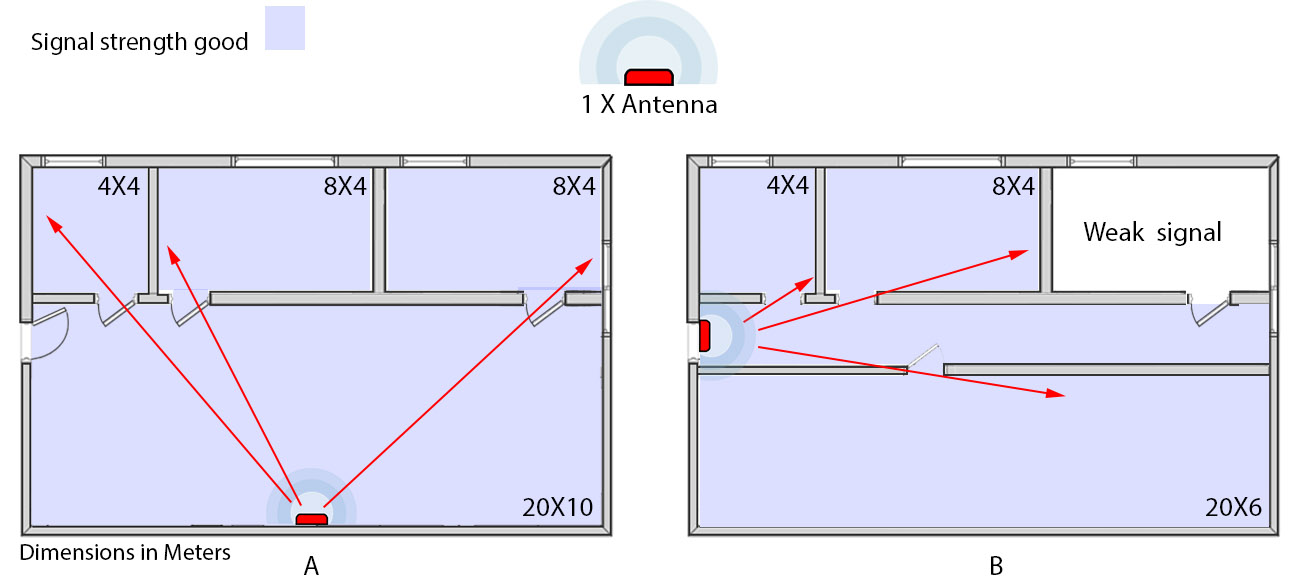Description
Features
- Provides GSM , 3G and 4G (1800Mhz) at home.
- Frequencies: 900Mhz, 1800Mhz and 2100Mhz
- Manufactured in Ireland
- Legal and fully EU compliant
- Boosts all mobile operators
- Everything included for complete installation
- Coverage: ~4 rooms
- No Sim card required, no extra bills
Standard Installation
Most prices quoted over the telephone or through our web site include standard installation. Standard installation fixed contract price applies to the vast majority of our installations.
On occasion installations can be non-standard and incur extra costs. For example if you live in an unusually large house, your installation may involve extra work. If you live in a poor signal area you may require extra equipment in order to receive acceptable signal levels. Older dwellings can incur non-standard installation charges, as can dwellings of unusual design or dwellings with bespoke cabling arrangements.
For the purposes of doubt, at all times you will be notified of extra charges prior to any works being carried out.
Specification
How it works
How It Works
- The antenna on your roof receives mobile signal from all networks, and sends it down the cable to the repeater.
- The Stellahome repeater amplifies this signal in both directions, and sends it around your house.
- All your devices can now communicate with this enhanced signal.

Frequencies
There are several frequency options for the StellaHome family of repeaters. You can choose to boost just one frequency like 900Mhz or all 5 mobile frequencies,
800/900/1800/2100 and 2600Mhz.
- For home use, we recomend 1 or 2 frequency options.
- For business use, we would recommend 3-5 frequency options.
Coverage
The StellaHome repeater kit contains 1 internal antenna. This antenna provides 30 X 30M2 of coverage in open space.
However, this is only in open space. In practice, it equates to about 4 sized rooms in a typical building layout. The coverage depends on the type of walls inside your building.
Concrete or metal insulated walls will reduce the coverage, whereas plaster board walls and wide open internal spaces allow an increase in coverage.

See building A and building B above.
All the walls are concrete block and the doors are wooden.
Building A: In this building , we can get away with using only one antenna. The signal will pass through the doors to the three smaller rooms.
Building B: This building has a corridor separating the rooms. To achieve maximum coverage with only one antenna, we place the antenna in the corridor as shown. Notice the reduction of signal in all the rooms. Interior concrete block walls reduce coverage significantly. If you require more reliable coverage in the rooms, you will need more antennas.











